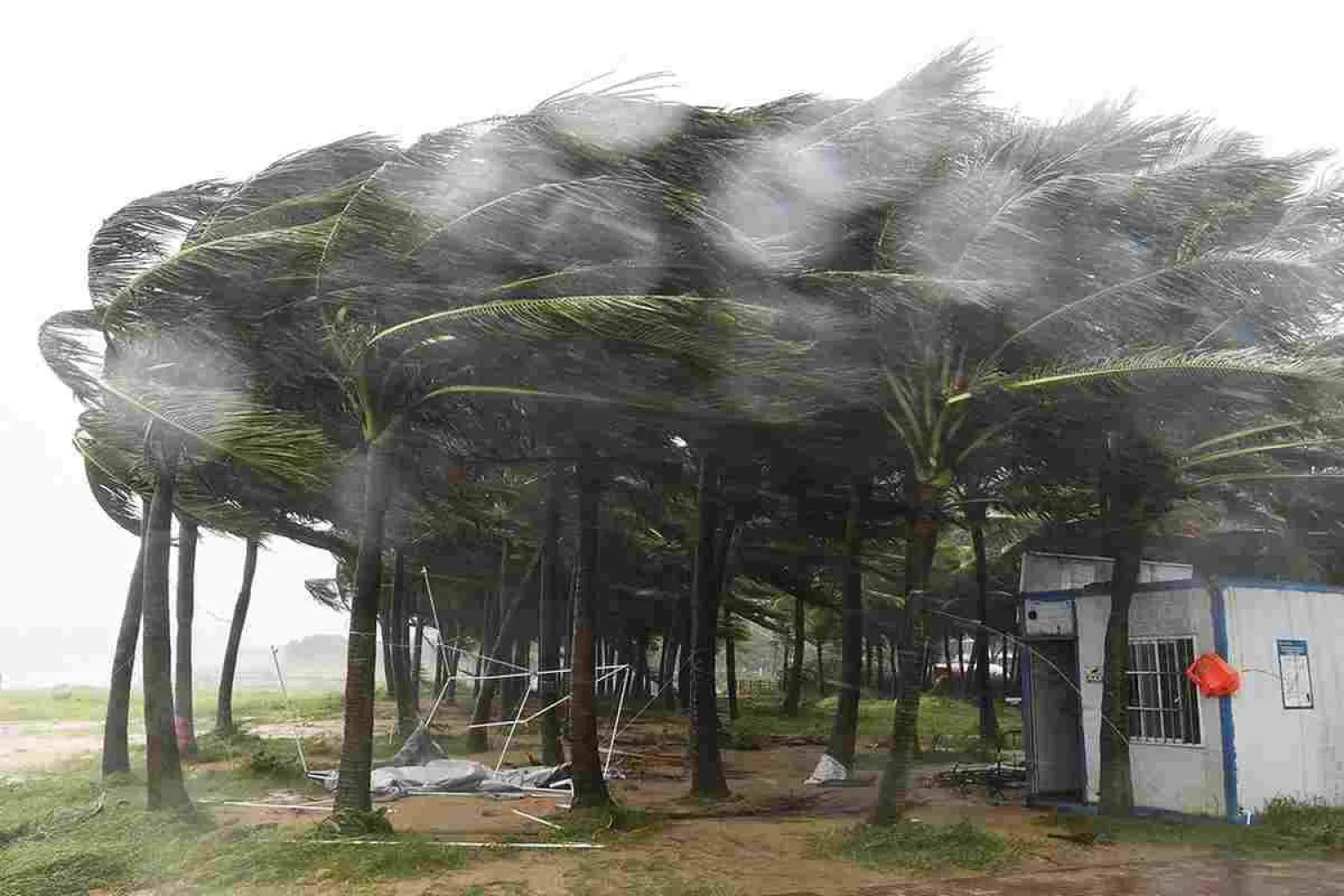Men in short leather pants and embroidered suspenders risked dislocated digits Sunday as they vied for the top prize at Germany's championship in the sport of fingerhakeln, or finger wrestling.
Around 180 competitors took part in Sunday’s 64th German championship in Pang, about an hour’s drive southwest of Munich.
It's thought that finger wrestling, popular in Germany’s Alpine region and neighboring Austria, originated as a way to settle disputes. The earliest depictions of the sport go back to the 19th century. Participants on Sunday wore the traditional Bavarian dress known as tracht.
Two competitors sit on opposite sides of a table and each hooks one finger — usually the middle finger — through a small leather loop. As soon as a referee signals the start, each contestant tries to pull the other across the table swiftly. The whole thing usually lasts a few seconds, and dislocated fingers are common.
Special attendants sit behind each athlete to catch them should one of them suddenly lose his grip and fly backwards. The winner moves to the next round. By custom, only men take part.
Today fingerhakeln is highly organized and follows strict rules starting with exactly defined measurements for both the table and the leather loop. In Sunday's championship, there were several winners in different weight and age categories.
There are nine clubs in Germany and another four in neighboring Austria, says Georg Hailer, chairman of Germany's oldest and biggest club, Fingerhakler Schlierachgau.
“It’s not dangerous at all,” Hailer said. “Of course, there will be open wounds and small injuries on the fingers from time to time. It looks worse than it really is, because there’s blood.”
It's not just brute force but skill too, said Maximilian Woelfl, a wrestler from the Bavarian town of Laufach.
“There are different techniques — how do I sit at the table?” he said. “How do I transfer my power as quickly as possible to the loop? And of course you need a well-trained finger.”
Competitors warm up by hoisting heavy blocks or pulling on cables with their competition finger.
Later this summer, the Bavarian championships in Mittenwald will once again demand all the strength that the athletes can muster — and perhaps a few patches of skin.







